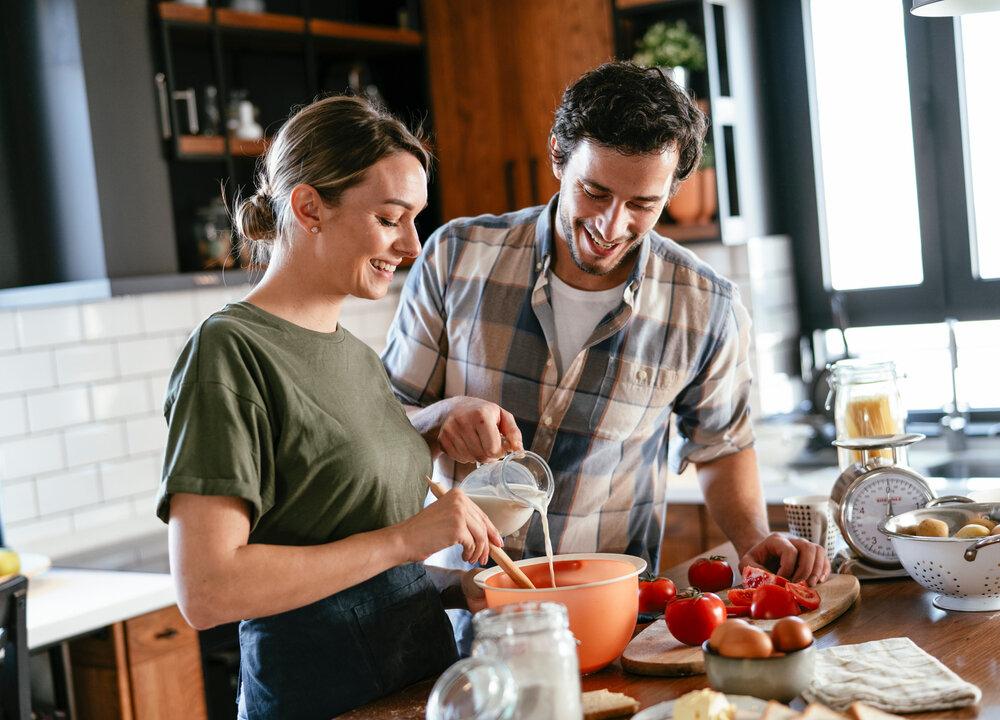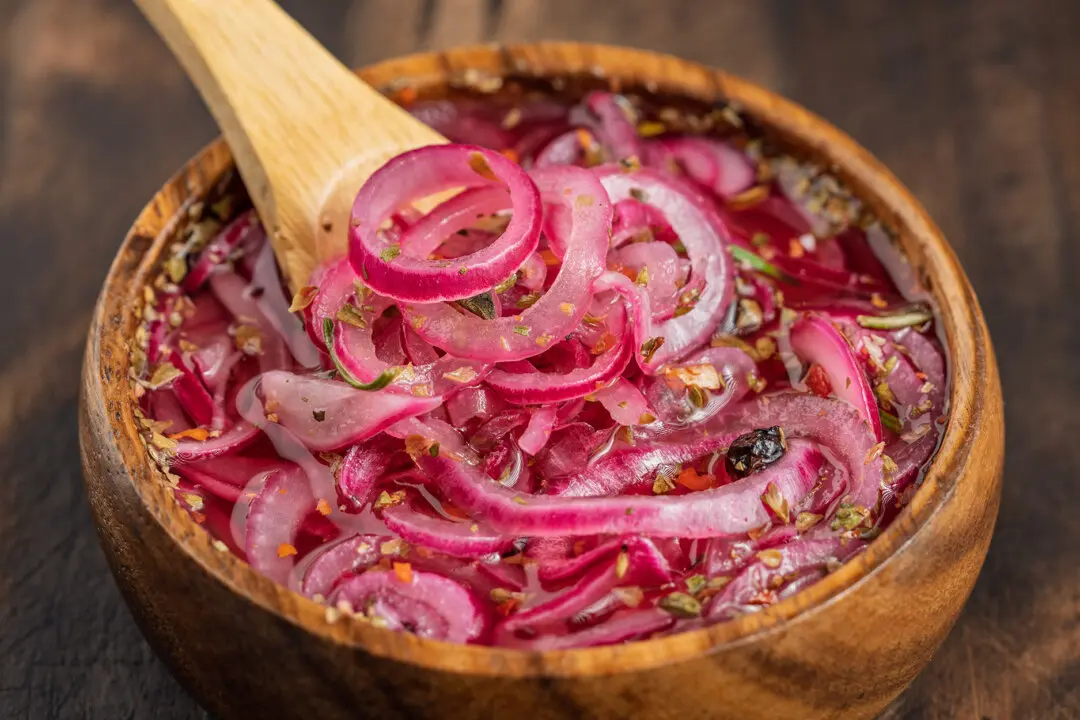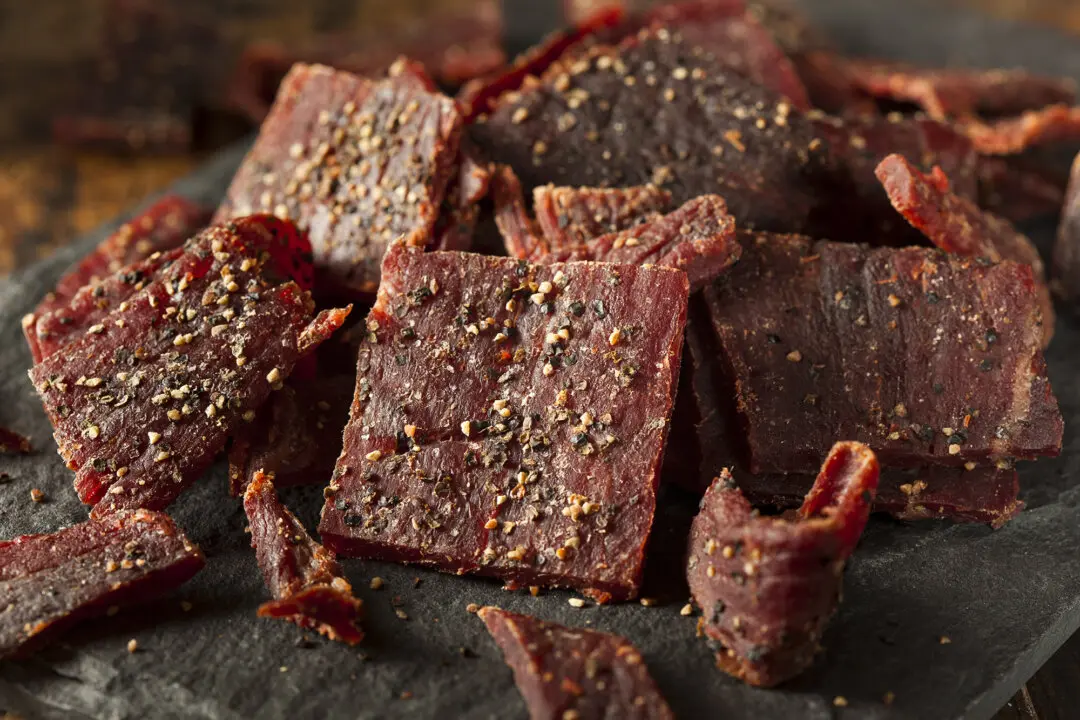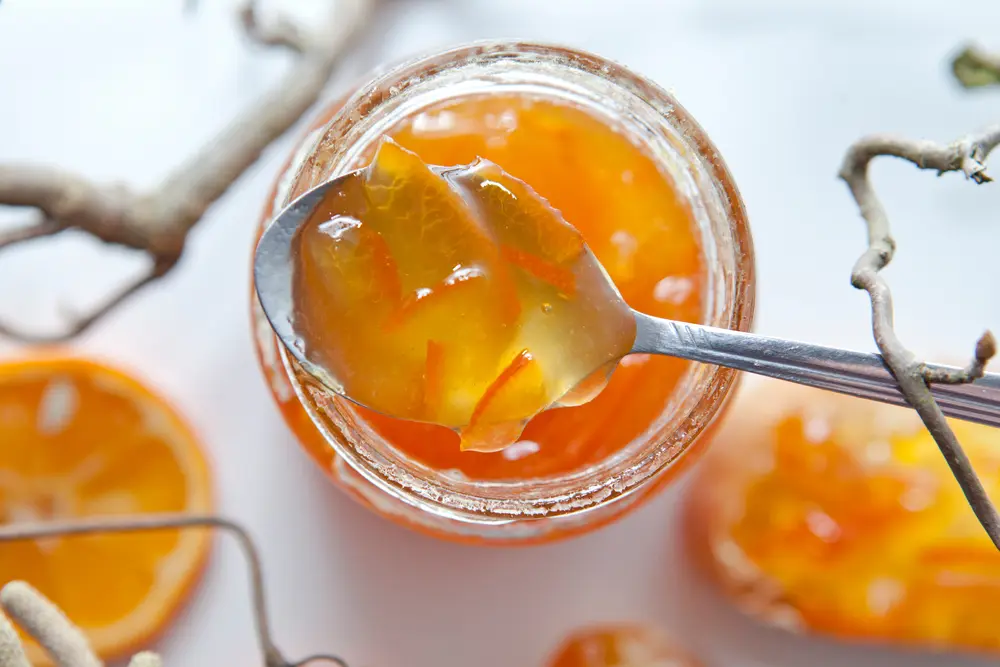Our modern diet, what some call the Standard American Diet (yes, the initials are SAD), has evolved from real and unprocessed foods to a precariously stacked pyramid of prepackaged foods bought from local groceries or big box stores. These already prepared and conveniently packaged foods include precooked and frozen meals, plastic-wrapped breads, shelf-stable condiments, and snack foods with faraway expiration dates. Unfortunately, most of these packaged foods are laden with artificial ingredients that do nothing to support good health. That’s a problem.
So what can modern home cooks do? We need convenient, easy-to-prepare meals, but more importantly, we need foods that bring back the nutrition that used to be part of daily meals. The solution is to turn back the clock just a bit and embrace traditional foods. These homemade foods are made with simple, whole ingredients, eschewing the more complex and artificial ingredients that contribute more to shelf life than to a healthy life.






